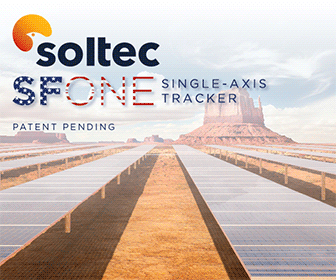New Report Shows Customer Uptake of Efficiency Measures is Six Times Higher When Utilities Partner with Contractors
New report shows customer uptake of efficiency measures is six times higher when utilities partner with contractors
Utilities that partner with contractors with a strong track-record of success in promoting high efficiency products see a 60% to 70% uptake, compared with 10-15% under a traditional “market neutrality” model
Seattle, Wash. – Demand Management Installation Services (DMIS), a company that advises utilities on how to increase residential uptake of energy efficiency measures, released a white paper today that outlines the value of selected partnerships in promoting such efforts. The paper shows that utilities that use past performance as a criterion when partnering with contractors to promote efficient products are more successful at reaching program objectives.
The white paper, “Approaches to Utility-Contractor Partnership,” contrasts two approaches to promoting energy efficiency using case studies. The paper illustrates the importance of engaging with customers at the point of purchase. Even when utilities have marketed to customers and shown them the value of investing in efficient products, customers that do not have access to informed guidance at the point of purchase are less like to invest in efficient products.
“This paper spells out the value of selective partnerships very clearly,” said DMIS CEO Jason Hanleybrown. “By using objective criteria to select contractors to partner with, utilities should expect to see their energy efficiency incentive programs reach their targets in a timely manner.”
In the case study explored in the paper, a utility that actively partnered with a contractor to execute a rebate promotion program saw a 63% measure penetration rate, contrasted to an 8% penetration rate in a program that used a traditional “market neutrality” approach to promotion. Program partnership included co-branded marketing materials (featuring both the utility and selected contractor) and established performance metrics for the contractor. The utility also provided the contractor with pre-selected leads, i.e. households most likely to be candidates for the product being promoted.
Utilities that are willing to impose performance metrics when selecting contractors to partner with typically see much higher penetration rates because contractors that interact with customers at the decision point are more likely to understand the utility’s applicable incentive programs (such as rebates). Contractors that are engaged selectively by utilities are also usually incentivized to hit uptake targets, and therefore are more motivated than other contractors to promote efficient products.
The paper concludes that utilities are most likely to see successful energy efficiency promotion programs when they:
· Engage in co-branding with pre-selected contractors that have a strong track-record of promoting energy efficiency.
· Offer instant rebates to promote uptake at the point of purchase.
· Share customer information with partnering contractor.
· Partner with contractors that self-identify as “green” or “energy efficient.”
To read the full report, go to www.fastwaterheater.com/wp-content/uploads/2014/05/DMIS-Approaches-to-Utility-Contractor-Partnership-White-Paper-June-20141.pdf
Demand Management Installation Services (DMIS)
www.dmi-serv.com









.jpg?r=4527)
.jpg?r=8159)

.gif?r=4264)